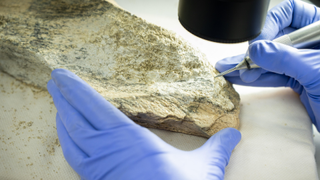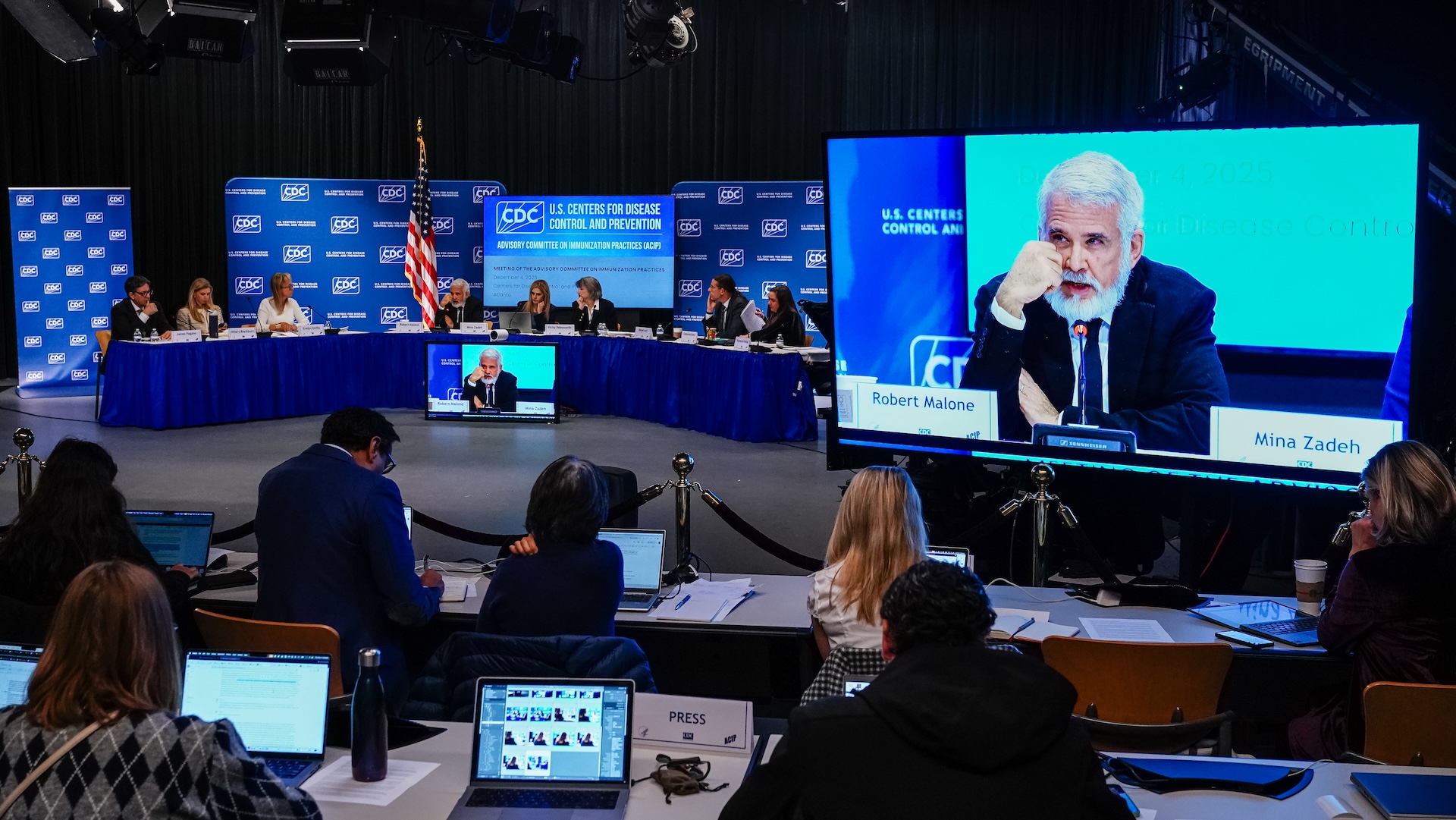Human evolution news, features and articles
Latest about Human Evolution
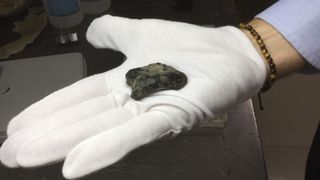
140,000-year-old bones of our ancient ancestors found on sea floor, revealing secrets of extinct human species
By Patrick Pester published
Researchers have recovered Homo erectus bones from the seafloor, which points to an unknown hominin population hunting on land that is now underwater in Southeast Asia.
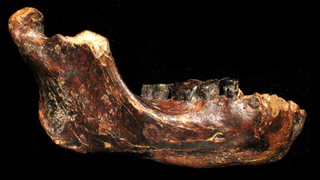
Ancient jawbone dredged off Taiwan seafloor belongs to mysterious Denisovan, study finds
By Kristina Killgrove published
Researchers have determined that a mysterious jawbone discovered on the seafloor off the coast of Taiwan was Denisovan, proving that the archaic humans were distributed widely over Asia.
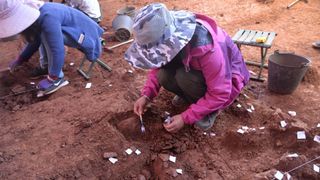
Unknown human species in East Asia used sophisticated tools at the same time Neanderthals did in Europe
By Ben Marwick published
A stone tool discovery in China rewrites the human story of Middle Paleolithic era in East Asia
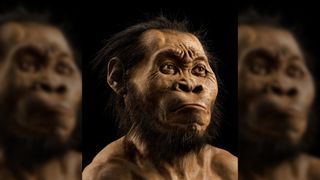
A 'landmark finding': Homo naledi buried their dead 250,000 years ago, according to newly updated research
By Kristina Killgrove last updated
Homo naledi, an extinct human relative with one-third the brain size of ours, buried and may have memorialized their dead, controversial research suggests.
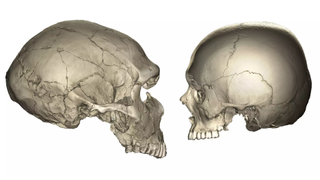
Why modern humans have smaller faces than Neanderthals and chimpanzees
By Kristina Killgrove published
We have smaller faces than Neanderthals and even chimps. A new study may explain how this came to be.

Neanderthals: Who were they and what did our extinct human relatives look like?
By Rebecca Wragg Sykes last updated
Discover interesting facts about who Neanderthals were, whether they mated with modern humans and when they died out.
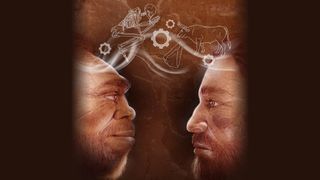
Neanderthals, modern humans and a mysterious human lineage mingled in caves in ancient Israel, study finds
By Charles Choi published
A newly excavated cave in Israel holds burials and artifacts suggesting that multiple human species commingled and shared ideas there during the Paleolithic.
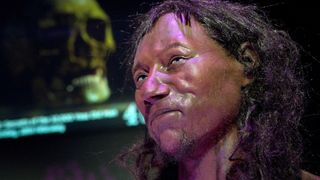
Most ancient Europeans had dark skin, eyes and hair up until 3,000 years ago, new research finds
By Tom Metcalfe published
A new study charts the genetics of skin, hair and eye color in Europe over 45,000 years.
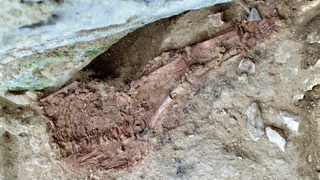
28,000-year-old Neanderthal-and-human 'Lapedo child' lived tens of thousands of years after our closest relatives went extinct
By Kristina Killgrove published
Researchers used a novel method of radiocarbon dating to figure out the age of the Lapedo child, who had both Neanderthal and human traits.
Get the world’s most fascinating discoveries delivered straight to your inbox.


